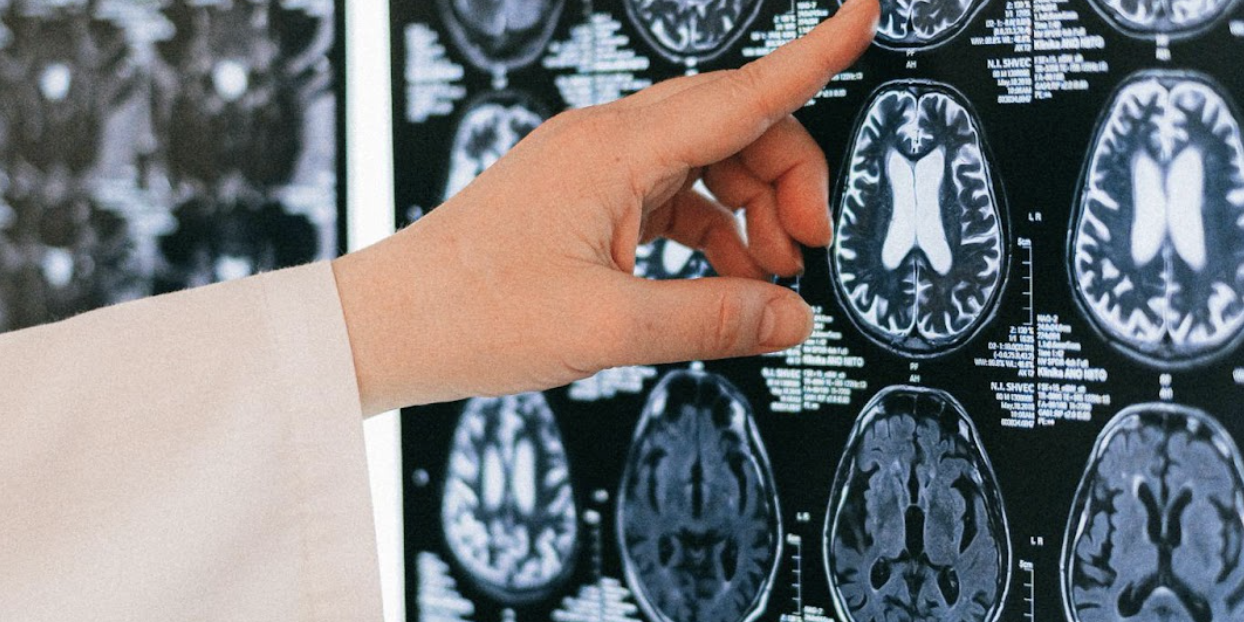Neurosurgeons at Texas Neurosurgery are experts in the surgical treatment of Chiari malformation. The condition results when there is not enough room for the cerebellum in the skull, and as a result, the cerebellar tonsils can get forced into the spinal canal.
Texas Neurosurgeon can help diagnose and treat your condition. Surgery is most important when a syrinx is present to prevent the progression of the neurologic symptoms.
What is Chiari Malformation?
Chiari malformation is a condition that occurs when the brainstem and cerebellum are displaced downward into the foramen magnum, the large opening at the base of the skull.
Chiari malformation results when a patient has too little room for the cerebellum in the back part of the skull. The cerebellar tonsils get forced down into the spinal canal. The result can be a syrinx or fluid-filled cavity within the spinal cord that can cause pain, weakness, and numbness.
This displacement puts pressure on the brainstem and cerebellum, which can cause various symptoms, including headaches, neck pain, dizziness, nausea, and problems with balance and coordination.
We diagnose Chiari malformation using MRI or CT scan. Treatment options include surgery to decompress the brainstem and cerebellum and medication to relieve symptoms.
In some cases, Chiari malformation can lead to severe complications such as paralysis or even death. Early diagnosis and treatment are essential to preventing these complications.
Surgical treatment is most important when a syrinx is present to prevent the progression of the neurologic symptoms. The surgery involves removing a portion of the skull (near the back) and the ring of C1 to relieve the pressure on the cerebellar tonsils and spinal cord.
Types of Chiari Malformation
There are four main types of Chiari malformation: Type I, Type II, Type III, and Type IV.
- Type I is the most common and referred to as Arnold-Chiari malformation. In this type, the cerebellar tonsils protrude into the foramen magnum (the opening at the base of the skull), but the brainstem and cerebellum are otherwise normally formed.
- Type II is associated with myelomeningocele, a birth defect in which the spinal cord and meninges (the membrane that covers it) protrude through a defect in the vertebrae.
- Type III is one of the rarest forms of Chiari malformation. In this type, the cerebellum and brainstem are abnormally displaced and rotated, in addition to the protrusion of the cerebellar tonsils through the foramen magnum.
- Type IV is also quite rare and is characterized by an underdeveloped or absent cerebellum. The brainstem may also be affected in this type.
Causes of Chiari Malformation
There are many possible causes of Chiari malformation. Some people are born with the condition, while others may develop it later in life due to certain medical conditions or injuries.
The most common cause of Chiari malformation is a congenital defect, meaning it is present at birth. The condition can be due to abnormal brain and spinal cord development during pregnancy.
Other causes of Chiari malformation include head trauma, tumors, infections, and inflammatory diseases such as syringomyelia (a spinal cord disorder). In some cases, the exact cause is unknown.
Texas neurosurgeon experts in Chiari malformation surgery
If you are experiencing any symptoms associated with Chiari malformation, consult us at Texas Neurosurgery. Our team of experts can help diagnose and treat your condition.
Our neurosurgeons have the experience and expertise necessary to provide you with the best possible care. They are board-certified and have been performing surgeries for Chiari malformations for many years.
Texas Neuro-Spine Surgery has a state-of-the-art facility with the latest surgical equipment and technology. Visit us today for more information or to schedule an appointment.







